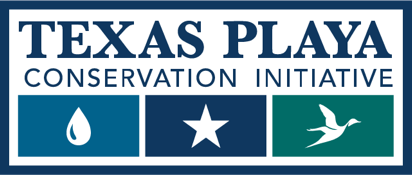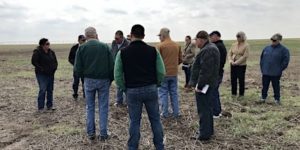Playas Help Texans Live Within Water Means
Dr. Chris Grotegut—a local veterinarian, farmer and stockman—says he is committed to “living within our water means” and likened playas on his farmland near Dawn to “a farmer’s best friend, a conduit to recharge of the Ogallala aquifer that makes life here sustainable.”

